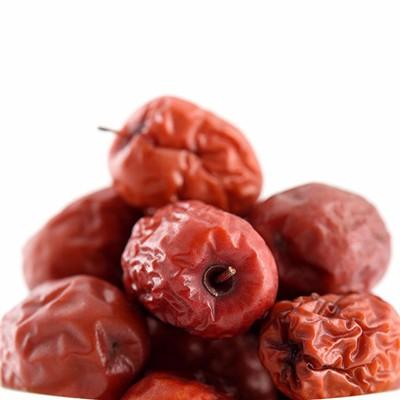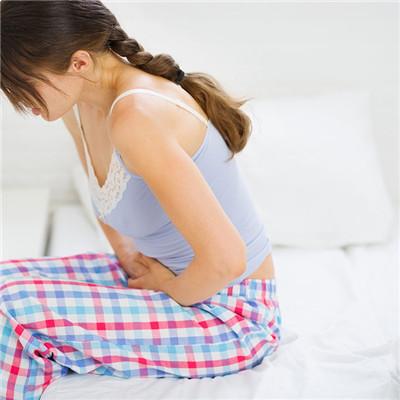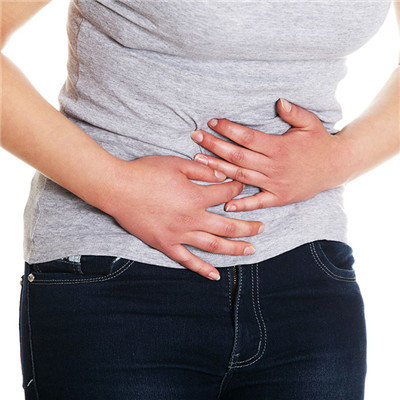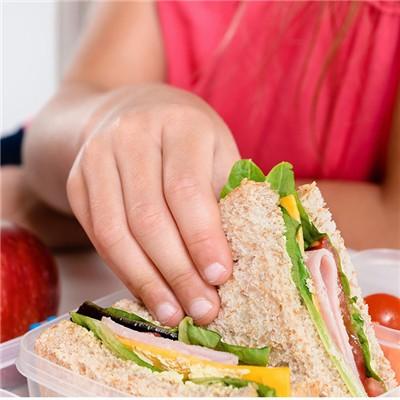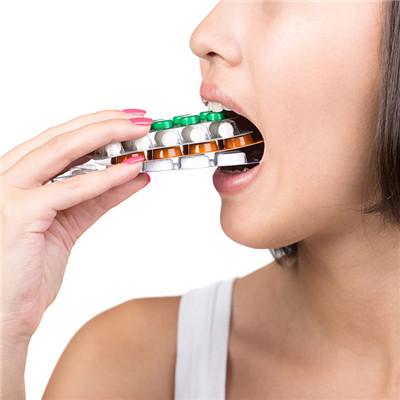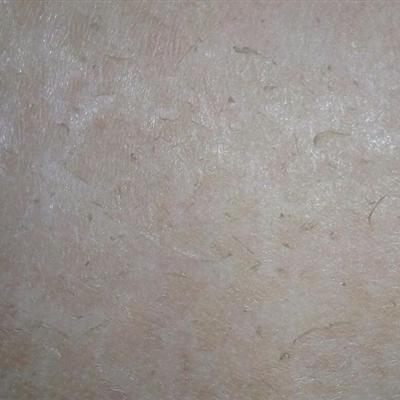Symptoms of intussusception in baby
summary
Intussusception refers to the two adjacent segments of the intestine. Under the influence of some factors, one segment of the intestine enters into the other segment of the intestine, resulting in narrow intestinal space, which makes it difficult for the contents of this part to circulate effectively. Infants are a high risk group, especially those aged from 4 to 10 months. The symptoms of intussusception in infants. Next, I would like to share my views with you.
Symptoms of intussusception in baby
Bloody stool is the manifestation of intestinal infection. Six hours after intestinal intussusception, the vast majority of children will defecate. At this time, there will be blood in the stool, which is thin and jelly like. If the color of the sauce is different, a small number of children will not, but there will be blood stains in the anus. Intestinal intussusception leads to the damage of intestinal mucosa. Due to its embedding, the blood supply is insufficient, so the baby will have bleeding, edema and other symptoms. The secretion of liquid mixed with intestinal fluid will cause abnormal stool.
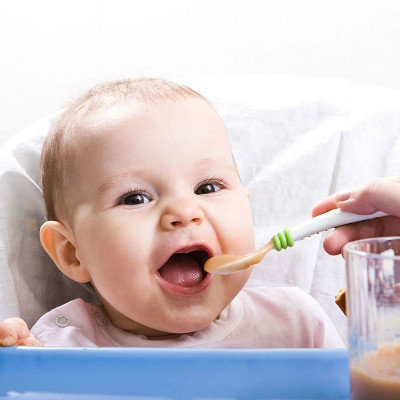
Digestive system disorder is the result of intestinal intussusception. Vomiting will appear in children. At first, vomit is food, which may be accompanied by bile. When the disease worsens, it may appear smelly fecal liquid.

Baby crying with paroxysmal, crying after will return to quiet. Intestinal peristalsis is the power of intussusception, it affects the movement of the intestinal tube, will produce pain. Once the peristalsis starts, the baby will cry. At this time, the baby will express the pain by refusing to eat and moving hands and feet. When the peristalsis wave is over, the baby will stop crying.

matters needing attention
The amount of food taken by children should be reasonable, not too much or too little, otherwise it is not good for gastrointestinal operation. When children eat supplementary food, according to the absorption characteristics of their intestines, so as to avoid digestive disorders. In addition, children should also pay attention to cold and warm, which can reduce the occurrence of gastrointestinal spasm.



